++ 50 ++ y=a(1+r)^t meaning 584976-Y=a(1+r)^t solve for r
The next function we look at is qnorm which is the inverse of pnorm The idea behind qnorm is that you give it a probability, and it returns the number whose cumulative distribution matches the probability For example, if you have a normally distributed random variable with mean zero and standard deviation one, then if you give the function a probability it returns the associated ZscoreExponential Growth = 100 * (1 10%) ^36;A function of the form y = a(1 r)t, where a > 0 and r > 0, is an exponential growth function initial amount time growth factor rate of growth (in decimal form) final amount y = a(1 r)t WWhat You Will Learnhat You Will Learn Use and identify exponential growth and decay functions Interpret and rewrite exponential growth and decay functions
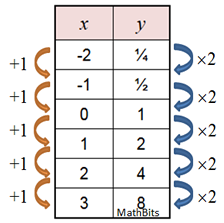
Exponential Functions Mathbitsnotebook A1 Ccss Math
Y=a(1+r)^t solve for r
Y=a(1+r)^t solve for r-> ttest(x,y) Welch Two Sample ttest data x and y t = , df = , pvalue = 042 alternative hypothesis true difference in means is not equal to 0 95 percent confidence interval sample estimates mean of x mean of y > ttest(x,y,varequal=TRUE) Two Sample ttest data x and y t =Internal data from LandWatch records $1 billion of farms, ranches and other land listings for sale in New Hampshire With thousands of properties and rural land for sale in the state, this covers a combined 37,130 acres of land for sale in New Hampshire



Intro To Simple Interest Video Khan Academy
Baran Lab T h e C h e m i s t r y o f 1A c y l p y r i d i n i u m s D W Lin 5 This strategy can also be applied to the 1,2addition of enolates to define two asymmetric centers with antistereochemistry NWe can think of acceleration as "pulling" the velocity vector in a certain direction At t =1, the velocity vector points down and to the left;106 Exponential Growth and Decay Exponential decay equation #1 – y = a (1 – r) t y = what's leftover a = what you start with r = rate t = time ex Timmy drank hot chocolate which has 110 milligrams of sugar If the sugar was eliminated from the body at a rate of 12% per hour How long will it take for half of the sugar to be gone from his body?
Let, y = a^x Taking logarithm on bothsideboth side ln(y)=x * ln(a) Differentiating both side wrt x d/dx{ln(y)} =d/dx{x*ln(a)} (1/y)dy/dx = x*0 ln(a)*1=ln(a) dy/dx = y*ln(a) = a^x * ln(a)Exponential growth is a specific way in which an amount of some quantity can increase over time It occurs when the instantaneous exchange rate of an amount with respect to time is proportional to the amount itselfSearch through our comprehensive database of words using our advanced word finder and unscrambler
Google's free service instantly translates words, phrases, and web pages between English and over 100 other languagesEvaluating a vectorvalued function at a specific value of t is straightforward;If we call P (t) the price of a financial asset (foreign exchange asset, stocks, forex pair, etc) at time t and P (t1) the price of the financial asset at t1, we define the daily return r (t
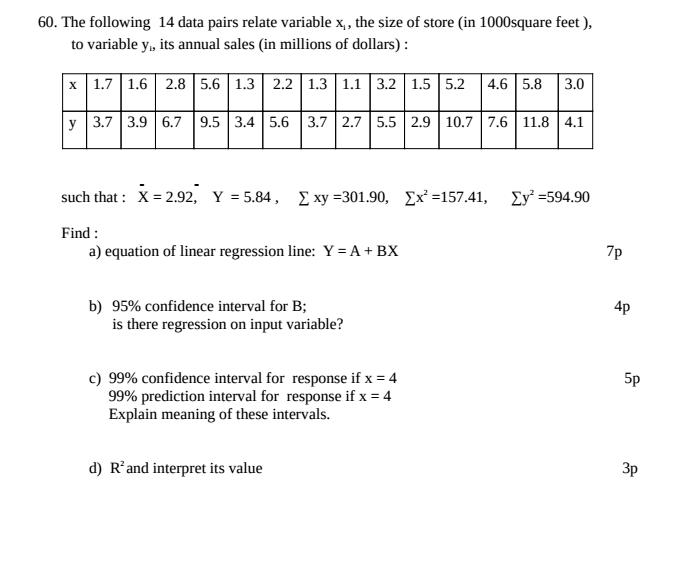


Solved The Following 14 Data Pairs Relate Variable X 1 T Chegg Com



Why Are A E I O U And Y Called Vowels Dictionary Com
Using the growth formula we have y = a(1 r) x where a = 1 (we start with 1 bacteria), and r = 100%, since the amount doubles y = 1(1 100) x = 2 x (same result) Notice that the graph is a scatter plot You cannot have a fractional part of a bacteria The dotted line is the exponential function which contains the scatter plots (the model)Evaluating a vectorvalued function at a specific value of t is straightforward;Fixed percent each year, use the formula y t= a(1 r) Solve the Test Item The initial value a is 150, the percent of increase is 075% or , and the time t is 25 years
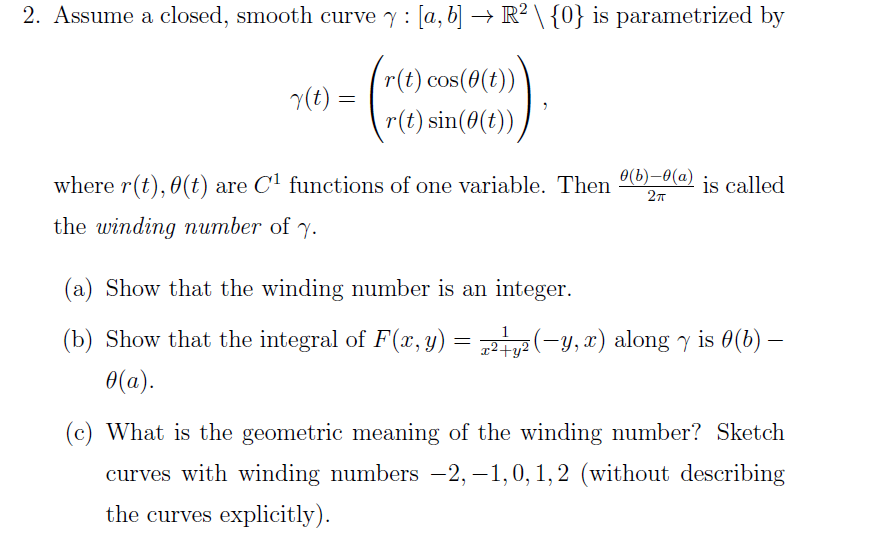


Solved 2 Assume A Closed Smooth Curve Y A B R2 Chegg Com
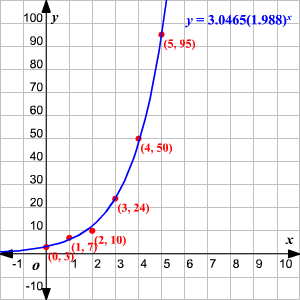


Exponential Regression
( 1 2 ) D A F o r m 5 3 3 2 1 ( C e r t i f i c a t e o f A p p r e c i a t i o n f o r H u s b a n d s o f R e t i r i n g A r m y A c t i v e R e s e r v e S t a t u s Personnel) Section II Responsibilities 1–5 The Deputy Chief of Staff for Personnel The Deputy Chief of Staff For Personnel (DCSPER) will— aX(t) = x 0 × (1 r) t x(t) is the value at time t x 0 is the initial value at time t=0 r is the growth rate when r>0 or decay rate when rY = A sin (kx − ωt) where , which is the wave speed Now let's take y = A sin (kx − ωt) and make the dependence on x and t explicit by plotting y(x,t) where t is a separate axis, perpendicular to x and y On the graph above, the purple curve, along the x axis, is a 'snapshot' of the wave at t = 0 it is the equation y t=0 = A sin
:max_bytes(150000):strip_icc()/Untitled-5c6ef3e346e0fb0001436199.jpg)


Exponential Decay Definition And Function



Counting Processes
P = C (1 r) t Continuous Compound Interest When interest is compounded continually (ie n > ), the compound interest equation takes the form P = C e rt Demonstration of Various Compounding The following table shows the final principal (P), after t = 1 year, of an account initially with C = $, at 6% interest rate, with the givenR Operators An operator is a symbol that tells the compiler to perform specific mathematical or logical manipulations R language is rich in builtin operators and providesThis means it is a function that changes at a constant percent rate So, A is your function (or the "answer") P is the initial value (or your "starting point") (1r) is the base (or in this case your "growth factor" if this value is greater than 1 or "decay factor" if it is less than zero) t is the time (or the time for or since growth)
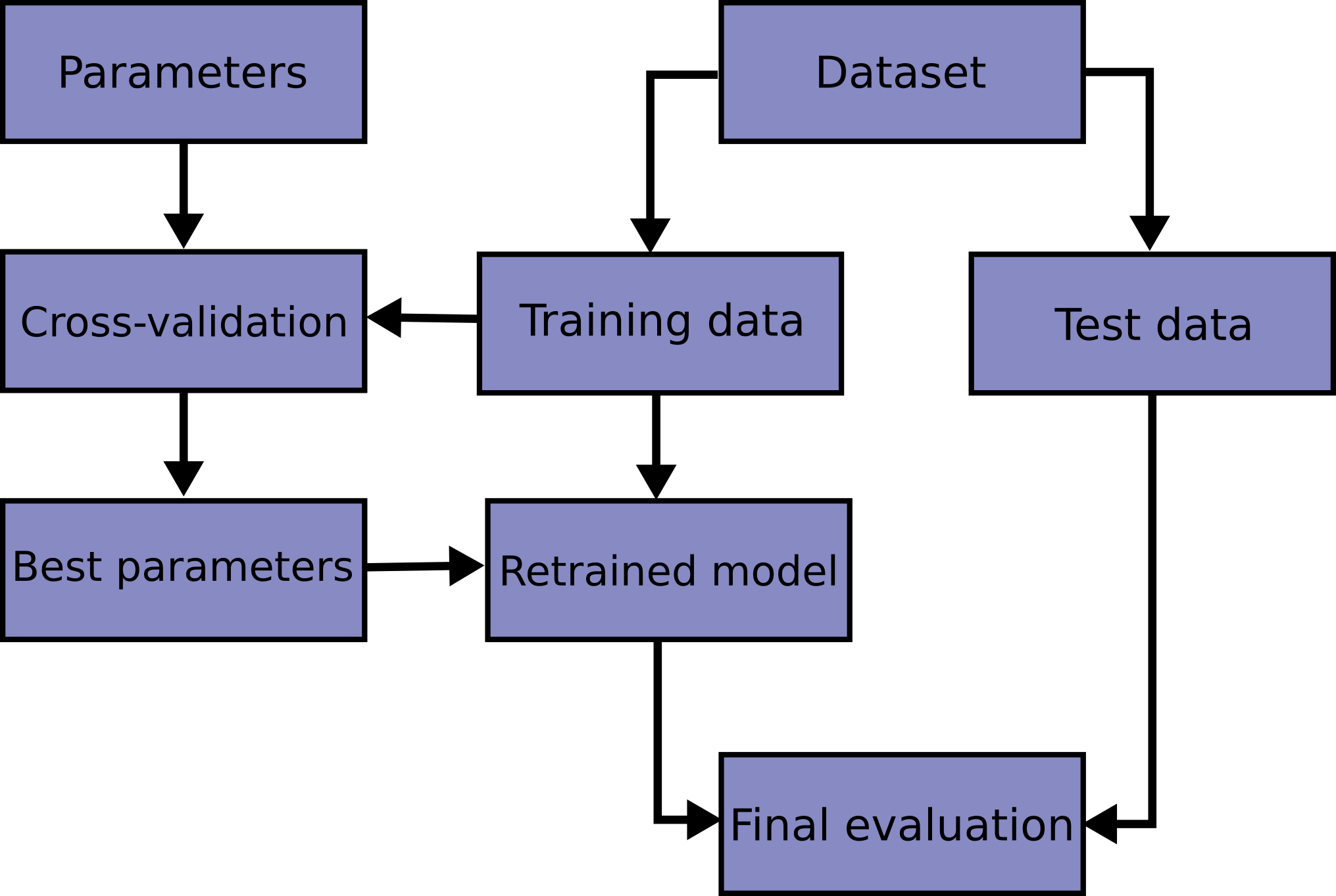


3 1 Cross Validation Evaluating Estimator Performance Scikit Learn 0 24 1 Documentation


1
Although it may b e somewhat u n r e a l i s t i c i n p r a c t i c e , i t e n a b l e s comparisons t o b e made between The r e a d e r can, o f c o u r s e , u s e an a l t e r n a t i v e d e f i n i t i o n t o s u i t h i s p u r p o s e f o r most o f t h e methods recommended 18 27 a cV cS NOTATION n C (xi x j 3 (n1) (n2) (Eq 2What is the hourly growth rate in the growth formula y=a(1r)^t Answer by nerdybill(7384) (Show Source) You can put this solution on YOUR website!In a labatory, a culture increases from 30 to 195 organisms in 5 hours What is the hourly growth rate in the growth formula y=a(1r)^t y=a(1r)^t The problem gives us y as 195


Curvature And Radius Of Curvature
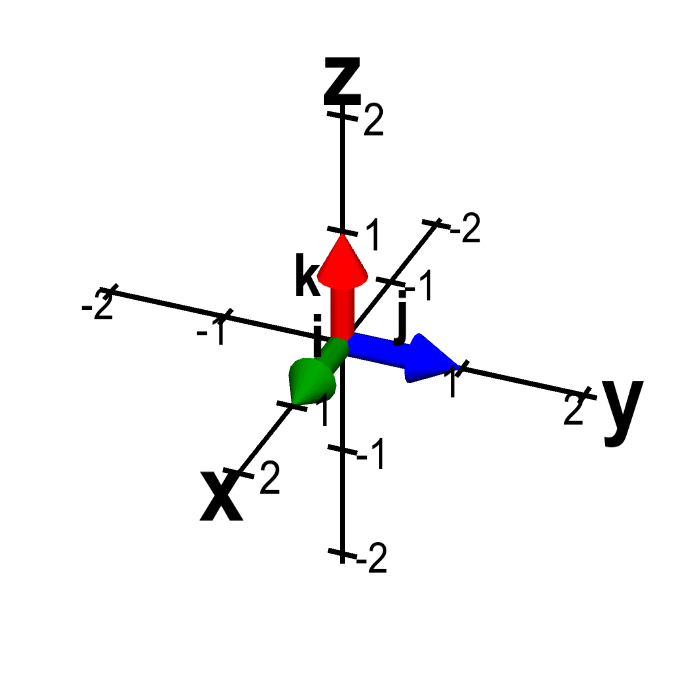


The Formula For The Cross Product Math Insight
# A formula y ~ x # A converted formula y = a_1 a_2 * x This is an example of a simple conversion y ~ x gets translated into y = a_1 a_2 * x To see and understand what R actually happens, you can use the model_matrix() function This function creates a design or model matrix by, for example, expanding factors to a set of dummy variablesAt t = 1, the velocity vector has been pulled in the 2, 2 direction and is now pointing up and to the right In Figure 1231 (b) we plot more velocity/acceleration vectors, making more clear the effect acceleration has on velocityAn operator is a symbol that operates on a value or a variable For example is an operator to perform addition In this tutorial, you will learn about different C operators such as arithmetic, increment, assignment, relational, logical, etc with the help of examples
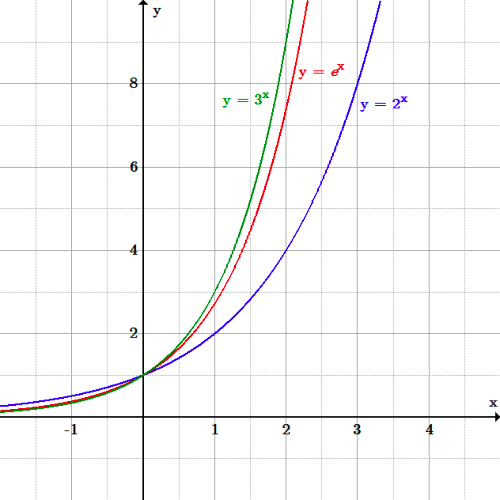


The Real Number E Boundless Algebra


2
X(t) = x 0 × (1 r) t x(t) is the value at time t x 0 is the initial value at time t=0 r is the growth rate when r>0 or decay rate when rSolve for t A=P(1r/n)^(nt) Rewrite the equation as Divide each term by and simplify Tap for more steps Divide each term in by Cancel the common factor of Tap for more steps Cancel the common factor Divide by Take the natural logarithm of both sides of the equation to remove the variable from the exponentExponential Growth = 3, Exponential Growth is 3, Explanation The formula is used where there is continuous growth in a particular variable such population growth, bacteria growth, if the quantity or can variable grows by a fixed percentage then the exponential formula can come in handy to be used in statistics



Function Definition Types Examples Facts Britannica



U02c6 R Xy A Interpret The Meaning Of The Y Intercept And The Slope Of The Course Hero
About Press Copyright Contact us Creators Advertise Developers Terms Privacy Policy & Safety How YouTube works Test new features Press Copyright Contact us CreatorsSimply evaluate each component function at that value of tFor instance, if r → (t) = t 2, t 2 t1 , then r → (2) = 4, 1 We can sketch this vector, as is done in Figure 1211 (a) Plotting lots of vectors is cumbersome, though, so generally we do not sketch the whole vector but just the terminalR and t are in the same units of time
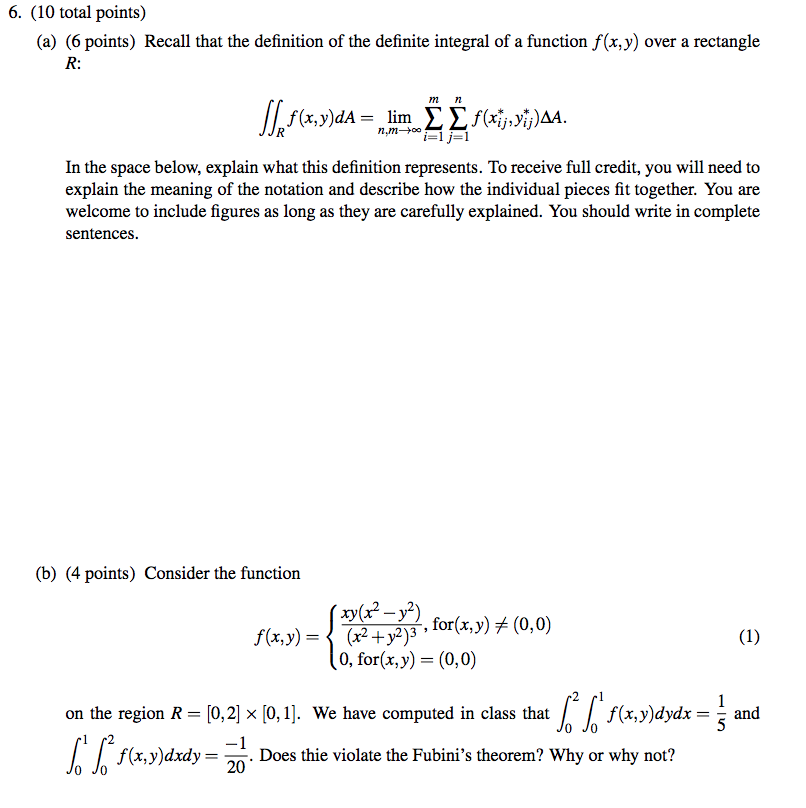


6 10 Total Points A 6 Points Recall That Th Chegg Com
:max_bytes(150000):strip_icc()/exponential-decay-136408049-5af491c1a474be003778d724.jpg)


Exponential Decay Definition And Function
8 Letter Words can help you score big playing Words With Friends® and Scrabble® Having a list of words with a specific letter, or combination of letters, could be what you need to decide your next move and gain the advantage over your opponentA Concise Reduction Obliquely Naming Your Meaning ) ACRONYM A Clever ReOrganisation Nudges Your Memory ) ACRONYM Alphabetical Character Rendition Of a Name Yielding a Meaning ) ACRONYM Academy's Choice Reading, One Newspaper for You and Me (Newspaper of IMSA) ACRONYM A Cross Reference Of Notes Yielding Messages ) ACRONYMO f t h e A r m y , A n a l y s i s a n d I n t e g r a t i o n C e l l ( A A A I – C L ) , 1 0 5 A r m y P e n t a g o n , Washington, DC 310–0105 Further, if i t i s d e t e r m i n e d t h a t a n e s t a b l i s h e d "group" identified within this regulation, later takes on the characteristics of a com
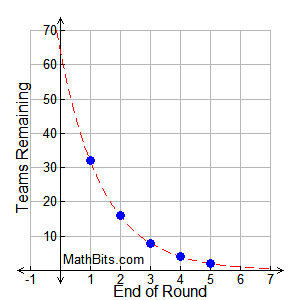


Exponential Functions Mathbitsnotebook A1 Ccss Math


Q Tbn And9gcqijosvjs X3b0gges Uh2g7tqf4q8ek Jt2uxlutl7txidqktm Usqp Cau
I was reading the documentation on R Formula, and trying to figure out how to work with depmix (from the depmixS4 package) Now, in the documentation of depmixS4, sample formula tends to be something like y ~ 1For simple case like y ~ x, it is defining a relationship between input x and output y, so I get that it is similar to y = a * x b, where a is the slope, and b is the interceptY = A(1 – r)^t (the ^ is an important distinction, meaning "to the power of" t, whereas as you have the equation written right now, it says "divided" by t) So these are the variables we know A =World War II postal acronyms were first used to convey messages between servicemen and their sweethearts back home They were usually written on the back of an envelope The acronyms, possibly including some more recent additions, include



Regression Techniques In Machine Learning



Partc Chapter5 4 5
Y = a b x Where a ≠ 0, the base b ≠ 1 and x is any real number In this function, a represents the starting value such as the starting population or the starting dosage level The variable b represents the growth or decay factor If b > 1 the function represents exponential growthAbout Press Copyright Contact us Creators Advertise Developers Terms Privacy Policy & Safety How YouTube works Test new features Press Copyright Contact us CreatorsX a (nonempty) numeric vector of data values y an optional (nonempty) numeric vector of data values alternative a character string specifying the alternative hypothesis, must be one of "twosided" (default), "greater" or "less"You can specify just the initial letter



Solved 1 Define A Relation T From R To R As Follows For Chegg Com



Pdf Prolog En 10 Figures
Given, 1111=R If we add the numbers present in the given number then, =>1111=4(FOUR) Last letter is R So again for 2222=T =>2222=8(EIGHT) Last letter is T 3333=E =>3333=12(TWELVE) Last letter is E 4444=N =>4444=16(SIXTEEN) LastK in 10 −4 cm 3 mol −1 s −1 T in K Substituting for the quotient in the exponent of E a / R = 12,667 K approximate value for R = 1446 J K −1 mol −1 The activation energy of this reaction from these data is then E a = R x 12,667 K = 105,300 J mol −1 = 1053 kJ mol −1 See also Arrhenius equation;P = C (1 r) t Continuous Compound Interest When interest is compounded continually (ie n > ), the compound interest equation takes the form P = C e rt Demonstration of Various Compounding The following table shows the final principal (P), after t = 1 year, of an account initially with C = $, at 6% interest rate, with the given



Applying The Continuous Exponential Growth Model Pert Youtube
/LinearRelationshipDefinition2-a62b18ef1633418da1127aa7608b87a2.png)


Linear Relationship Definition
Use this simple interest calculator to find A, the Final Investment Value, using the simple interest formula A = P(1 rt) where P is the Principal amount of money to be invested at an Interest Rate R% per period for t Number of Time Periods Where r is in decimal form;According to the statutes of the United Orders of the Temple and Saint John of Jerusalem, etc, the standard of Saint John is described as gules, on a Cross Argent, the Agnus Deimeaning Red on a Silver Cross with a representation of the Lamb of Godwith the letters FERT1 Answer1 Active Oldest Votes 4 A better formula to use would be y = a ( 1 r k) k t, where k is the number of times the interest is compounded per year So, plugging in your information gives y = 3750 ( 1 06 12) 132 = $ Share



R Programming Language Wikipedia
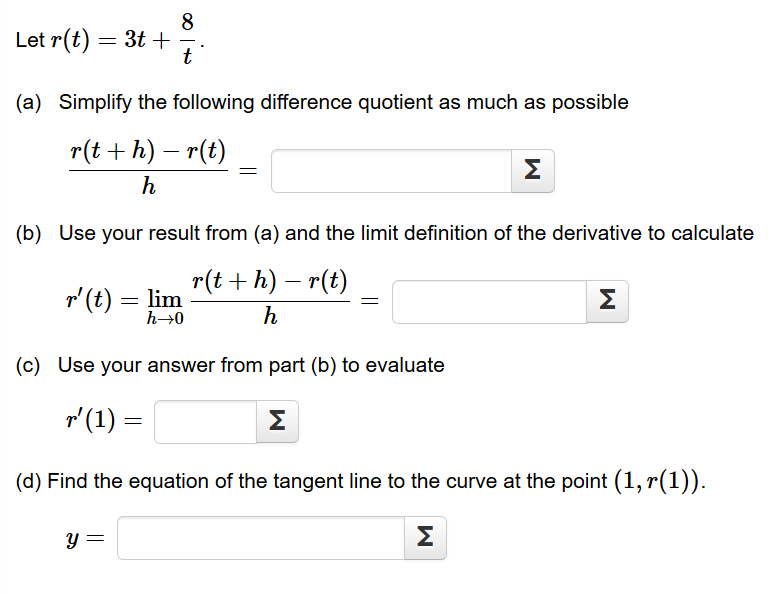


Solved Let R T 3 A Simplify The Following Differe Chegg Com
Exercise 362 Let R be the equivalence relation defined on the set of real numbers R in Example 321 (Section 32) That is, xRy iff x − y is an integer Prove that every equivalence class x has a unique canonical representative r such that 0 ≤ r < 1 That is, for every x there is a unique r such that x = r and 0 ≤ r < 1To find the interest rate (r) in the formula a=p(1r)^t, you need to know the values of a (amount), p (principal) and t (time) You would take a and divide it by p You will then take that result and take the t root of it You then subtract that answer by 1 to get your interest rate in decimal form Here is an example You need to find the interest rate of an account that grew from $4000 toSimply evaluate each component function at that value of tFor instance, if r → (t) = t 2, t 2 t1 , then r → (2) = 4, 1 We can sketch this vector, as is done in Figure 1211 (a) Plotting lots of vectors is cumbersome, though, so generally we do not sketch the whole vector but just the terminal


Eprints Illc Uva Nl Id Document
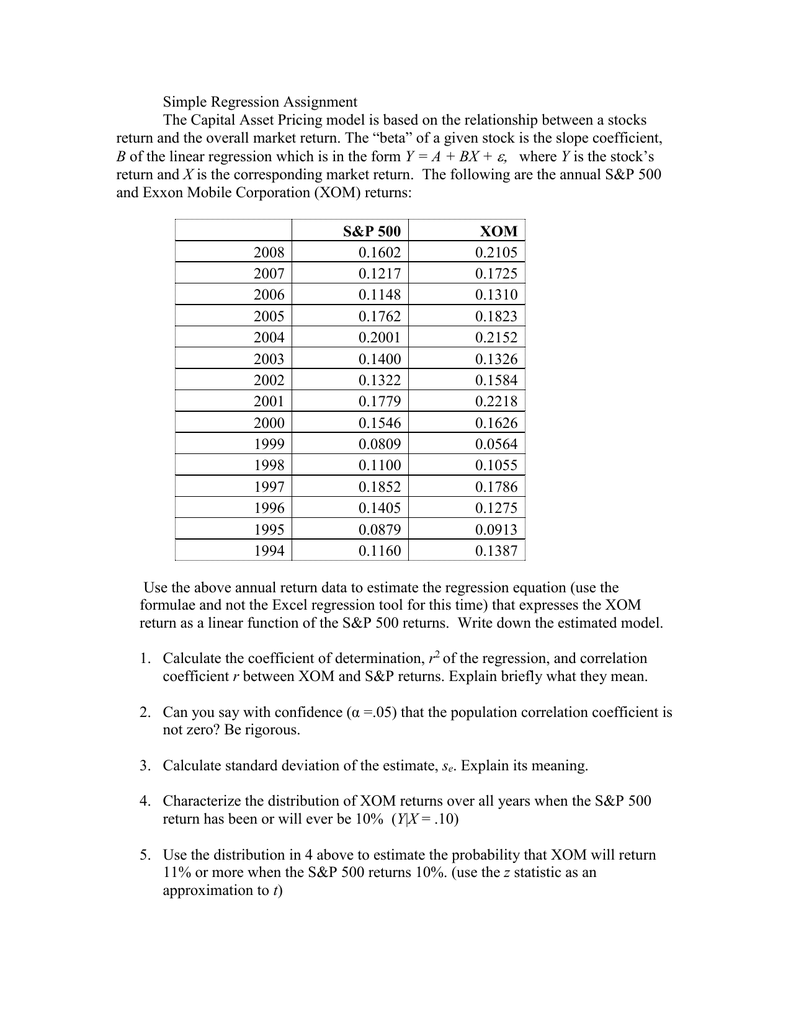


Simple Regression Assignment
Where b is a positive real number, and the argument x occurs as an exponent For real numbers c and d, a function of the form () = is also an exponential function, since it can be rewritten as = () As functions of a real variable, exponential functions are uniquely characterized by the fact that the growth rate of such a function (that is, its derivative) is directly proportional to theThe general equation for depreciation is given by y = A(1 – r)t, where y = current value, A = original cost, r = rate of depreciation, and t = time, in years A car was purchased 6 years ago for $25,000 If the annual depreciation rate is 11%, which equation can be used to determine the approximate current value of the car?Of the polynomial are r = −1 and −4 The general solution is then y = C1 e −t C 2 e −4t Suppose there are initial conditions y(0) = 1, y′(0) = −7 A unique particular solution can be found by solving for C1 and C2 using the initial conditions First we need to calculate y′ = −C1 e −t − 4 C 2 e −4 t, then apply the



Function Mathematics Wikipedia



Intro To Simple Interest Video Khan Academy
Y ~ (A B C)^2 y ~ A*B*C ABC Three factor experiment but with a model containing main effects and two factor interactions only Both formulae specify the same model y ~ A * x y ~ A/x y ~ A/(1 x) 1 Separate simple linear regression models of y on x within the levels of A, with different codingsA quantity is decreasing exponentially if it decreases by the same percent in each time period C is the initial amount t is the time period (1 – r ) is the decay factor, r is the decay rate The percent of decrease is 100 r y = C (1 – r ) t W RITING E XPONENTIAL D ECAY M ODELS E XPONENTIAL D ECAY M ODEL 9



11 2 Half Life Chemistry Libretexts



E Mathematical Constant Wikipedia



Content Transformations Of The Parabola



Morphological Analysis And Diacritical Arabic Text Compression Semantic Scholar
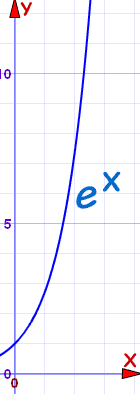


Exponential Growth And Decay
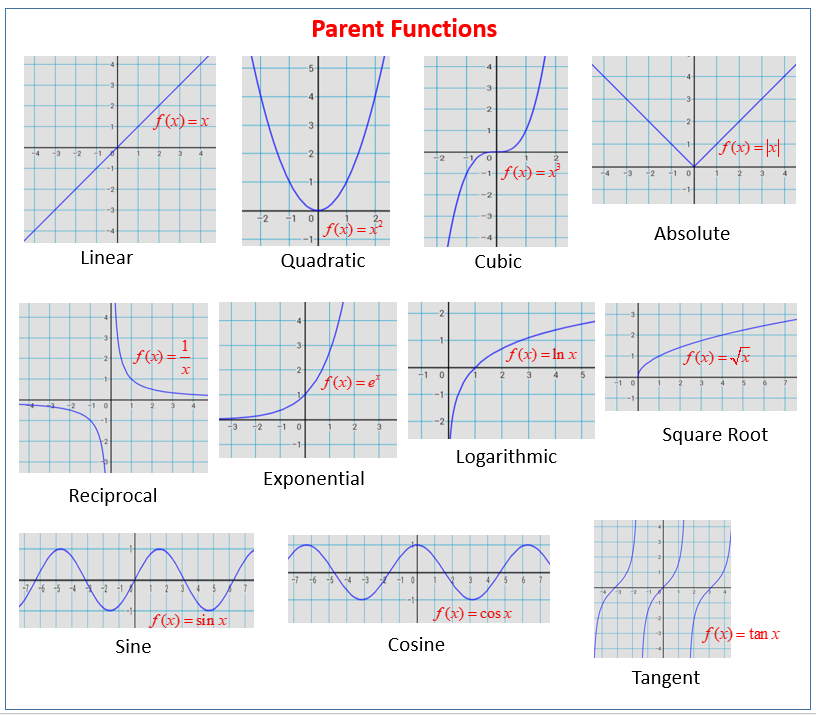


Parent Functions And Their Graphs Video Lessons Examples And Solutions


One Way Anova Test In R Easy Guides Wiki Sthda
:max_bytes(150000):strip_icc()/e-582067bb3df78cc2e829ce14.jpg)


Exponential Decay Definition And Function
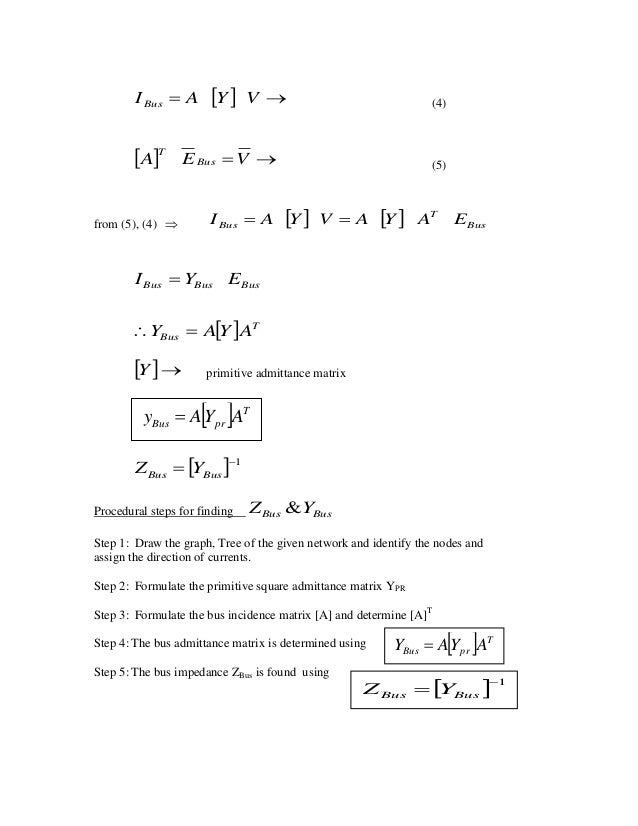


Power System Analysis Material Mathankumar S Vmkvec



Graphing Parabolas


Curvature And Radius Of Curvature
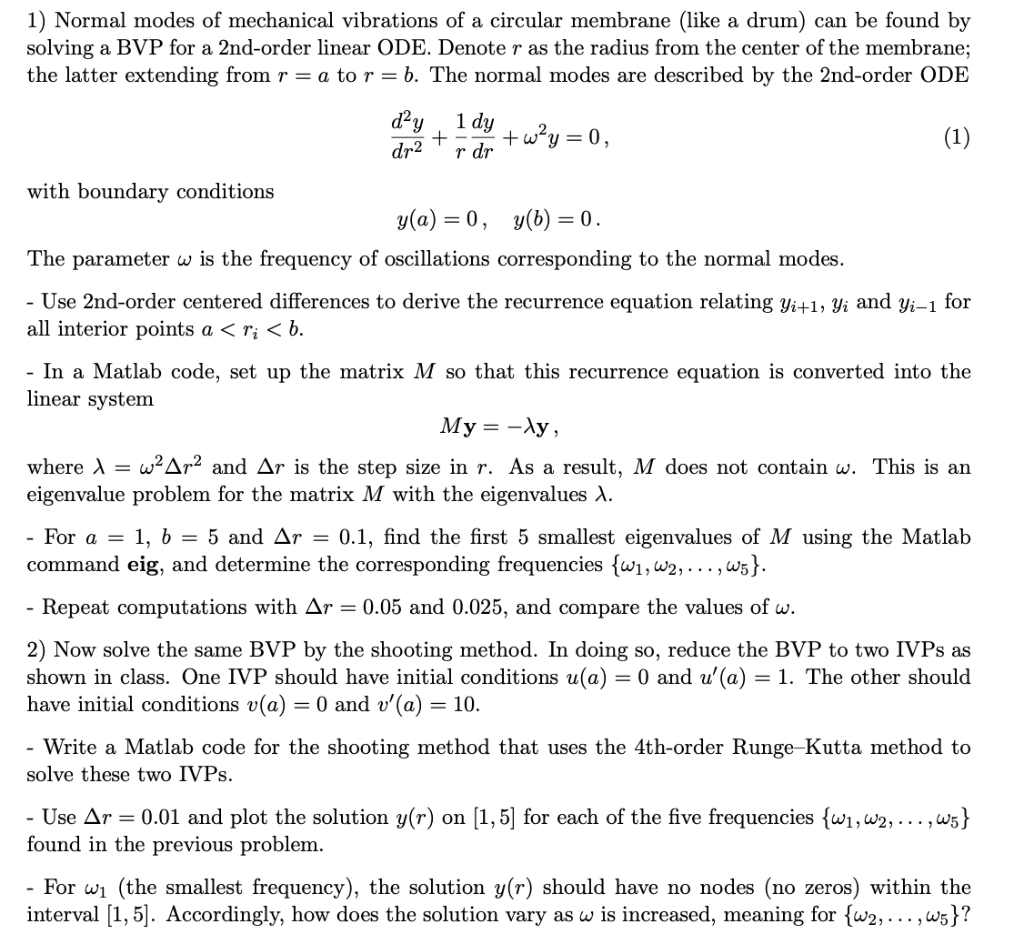


1 Normal Modes Of Mechanical Vibrations Of A Circ Chegg Com
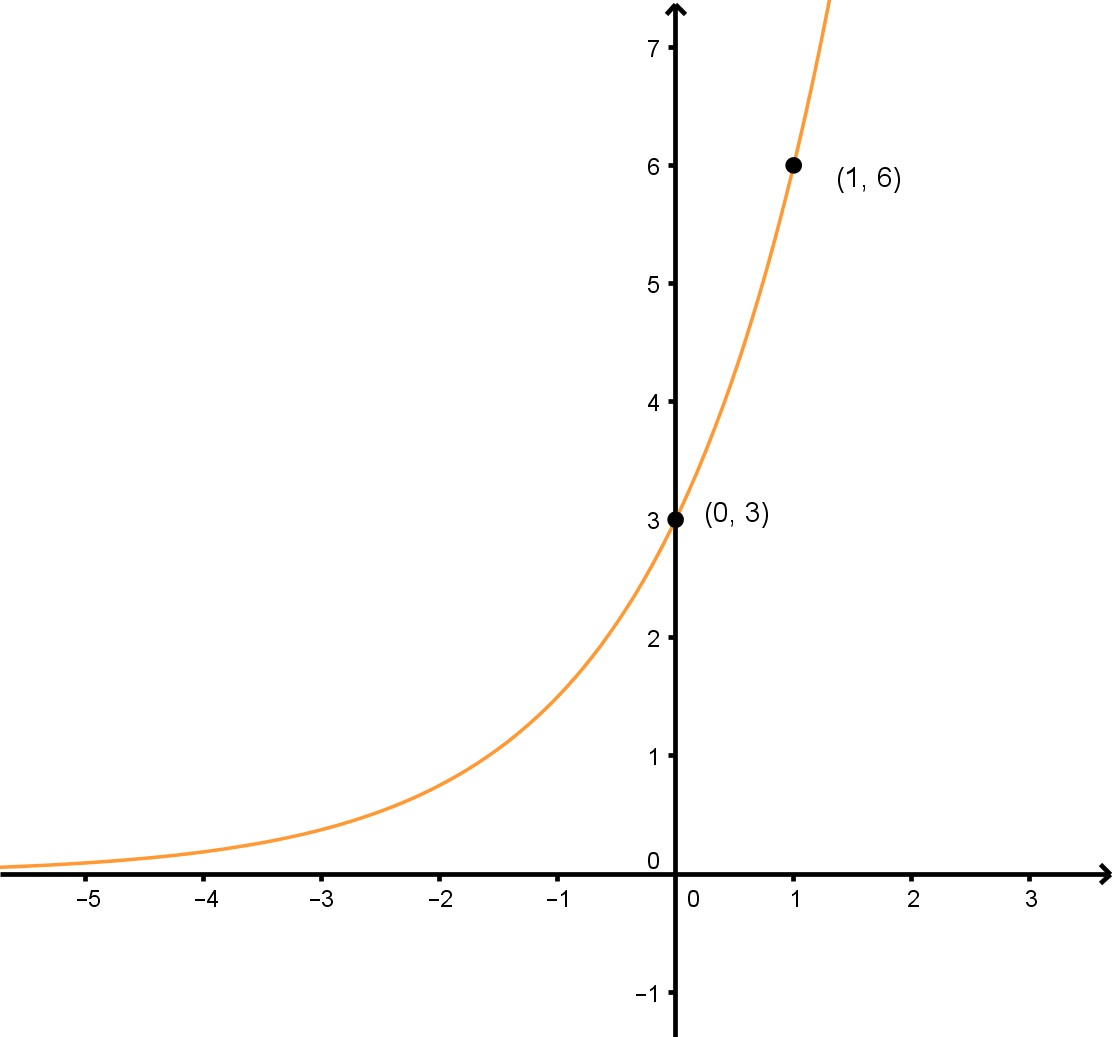


How To Find Equations For Exponential Functions Studypug
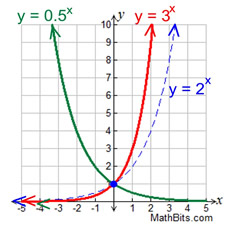


Exponential Functions Mathbitsnotebook A1 Ccss Math
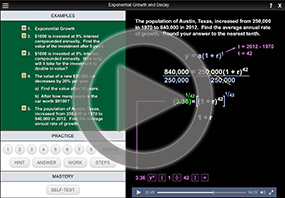


Exponential Functions Compound Interest


Exponential And Logarithmic Functions Logarithmic Functions Sparknotes
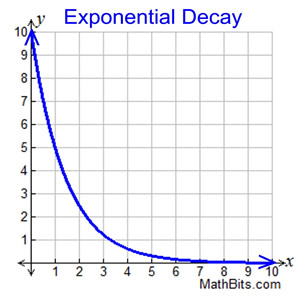


Exponential Functions Mathbitsnotebook A1 Ccss Math
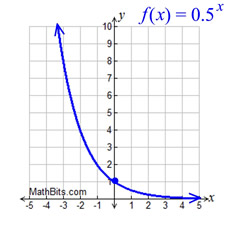


Exponential Functions Mathbitsnotebook A1 Ccss Math



Minimum Values Definition Concept Video Lesson Transcript Study Com


Www Jstor Org Stable Pdf Pdf


3



Consumption Function Definition Economics Help


Introduction To Exponential Functions
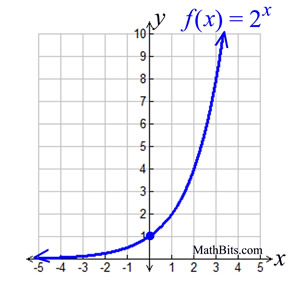


Exponential Functions Mathbitsnotebook A1 Ccss Math



Graphing Parabolas
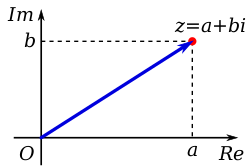


Complex Number Wikipedia
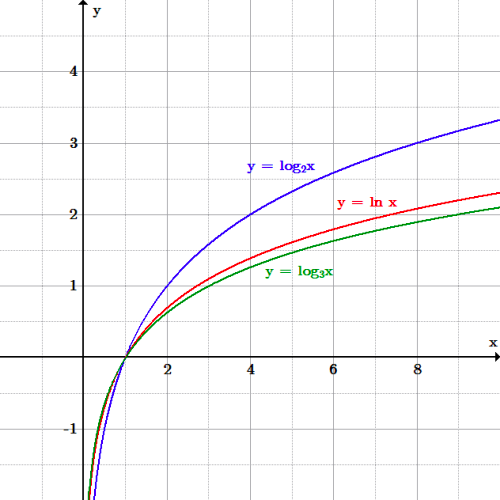


The Real Number E Boundless Algebra



Possible Vector Solution For Synthetic Geometry Involving Parallelogram And Triangle Sharing Centroid Mathematics Stack Exchange


Curvature And Radius Of Curvature


2



I Don T Know If This Is Common Knowledge Here But The Smt 1 Intro Displays Snes Cpu Instructions For Some Reason Megaten


Search Q Compound Formula Chemistry Tbm Isch


Half Life And Activity Physics


2



De Morgan S Theorem An Overview Sciencedirect Topics



Graphing Parabolas



Finding Features Of Quadratic Functions Video Khan Academy
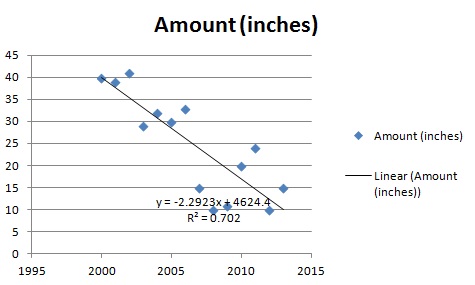


Linear Regression Simple Steps Video Find Equation Coefficient Slope Statistics How To



What Is The Compound Interest Formula Robinhood



Exponential Functions Mathbitsnotebook A1 Ccss Math


Projecteuclid Org Download Pdf 1 Euclid Mjms
/TC_3126228-how-to-calculate-the-correlation-coefficient-5aabeb313de423003610ee40.png)


What Do Correlation Coefficients Positive Negative And Zero Mean



Exponential Growth Relationship Where The Initial Starting Amount Increases By The Same Percent Over A Given Period Of Time Ppt Download



Minimum Values Definition Concept Video Lesson Transcript Study Com
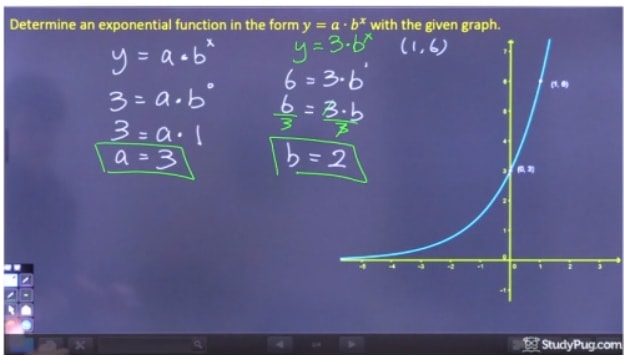


How To Find Equations For Exponential Functions Studypug



Exponential Decay Formula Proof Can Skip Involves Calculus Video Khan Academy
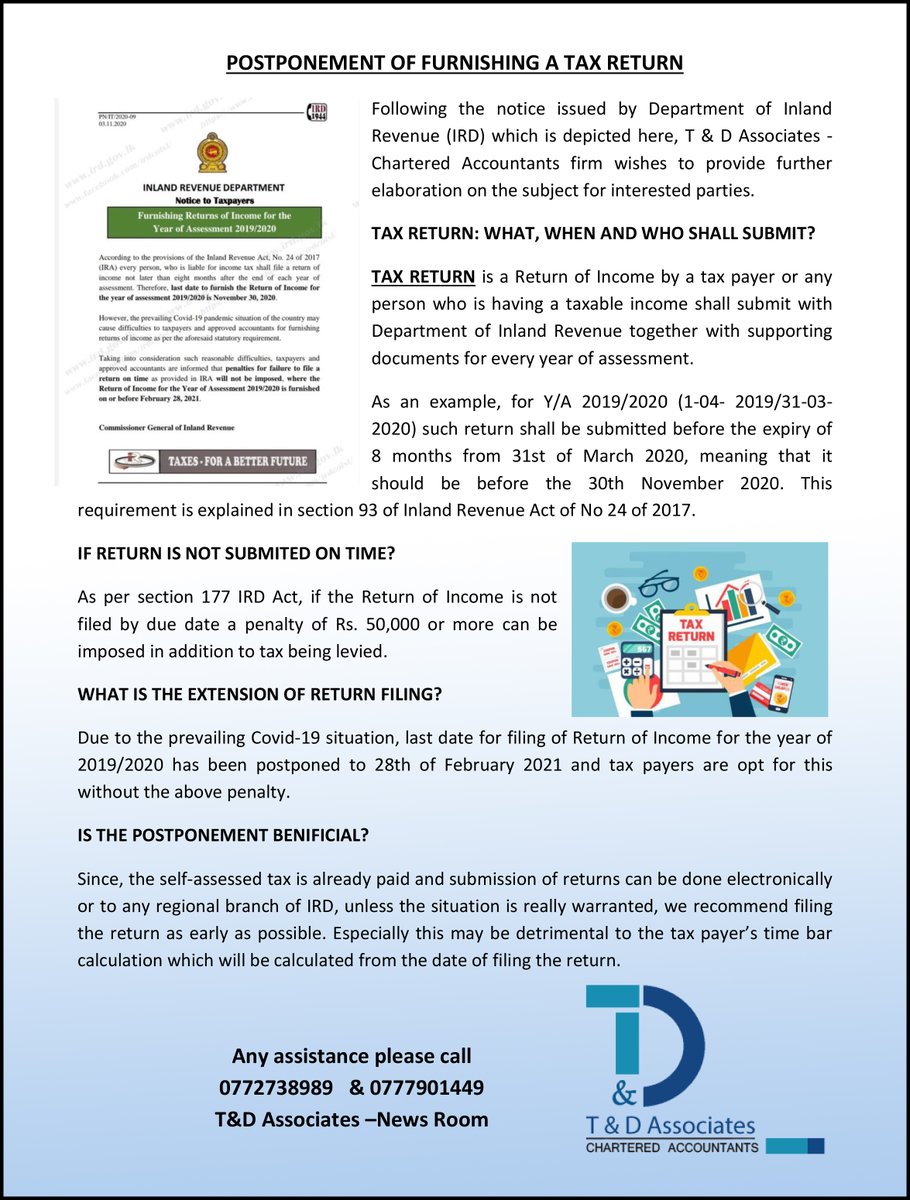


Tndsrilanka
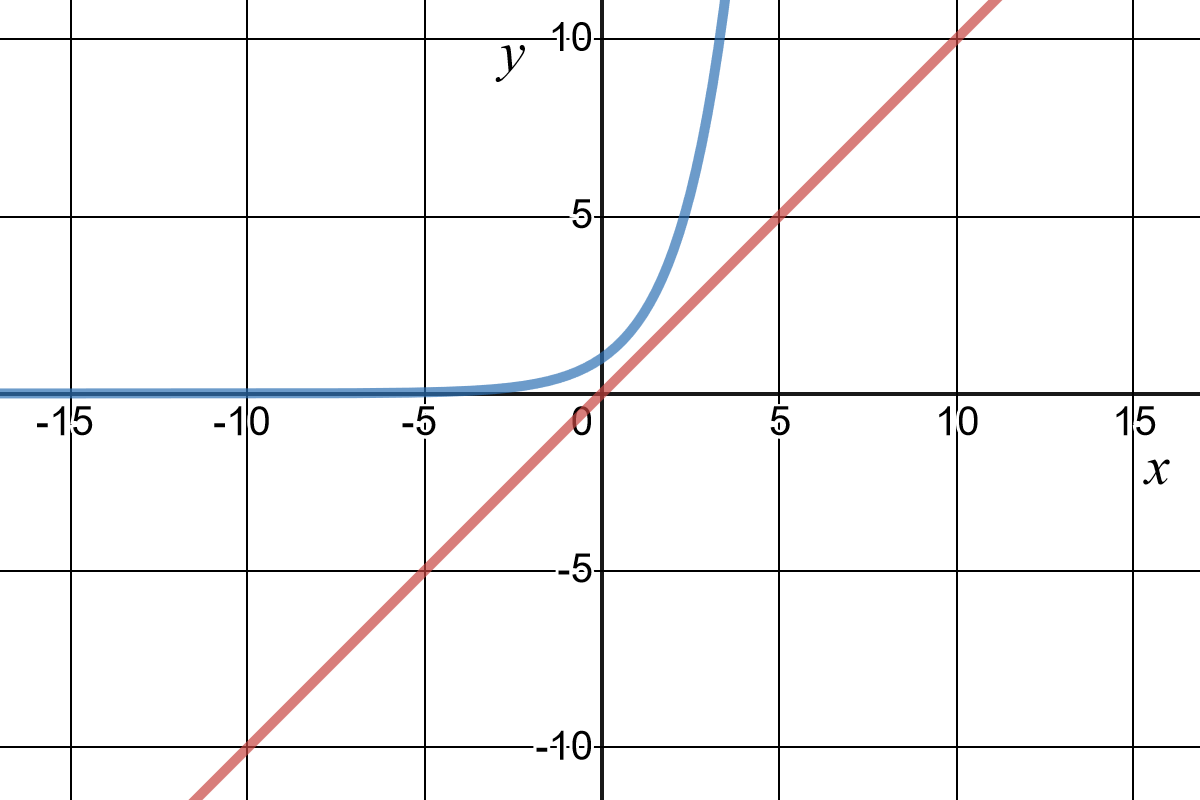


Linear Vs Exponential Functions Expii



Subsets Video Lessons Examples And Solutions



Half Life And Activity Physics
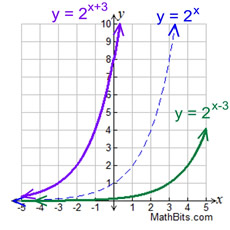


Exponential Functions Mathbitsnotebook A1 Ccss Math



When Is Y A Vowel Or Consonant Merriam Webster



9 1 Exponential Functions Exponential Functions A Function Of The Form Y Ab X Where A 0 B 0 And B 1 Characteristics 1 Continuous And One To One Ppt Download



2 8 Second Order Reactions Chemistry Libretexts


Introduction To Exponential Functions



Exponential Functions Mathbitsnotebook A1 Ccss Math
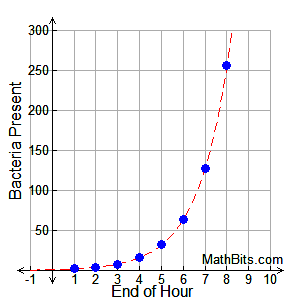


Exponential Functions Mathbitsnotebook A1 Ccss Math
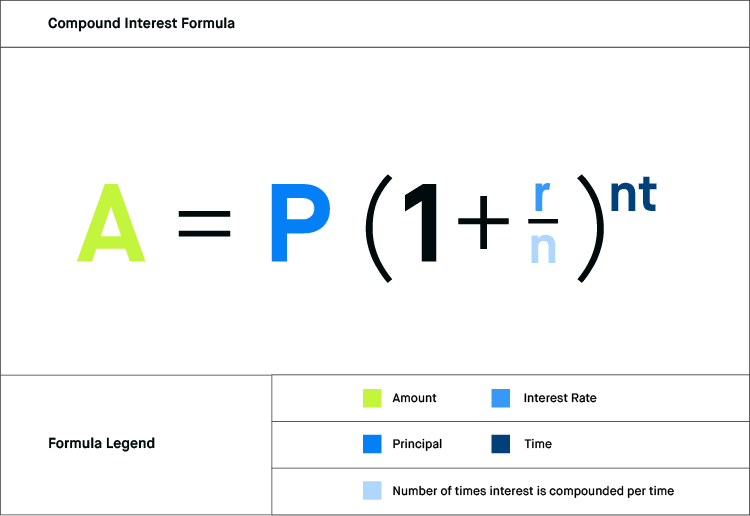


What Is The Compound Interest Formula Robinhood


2
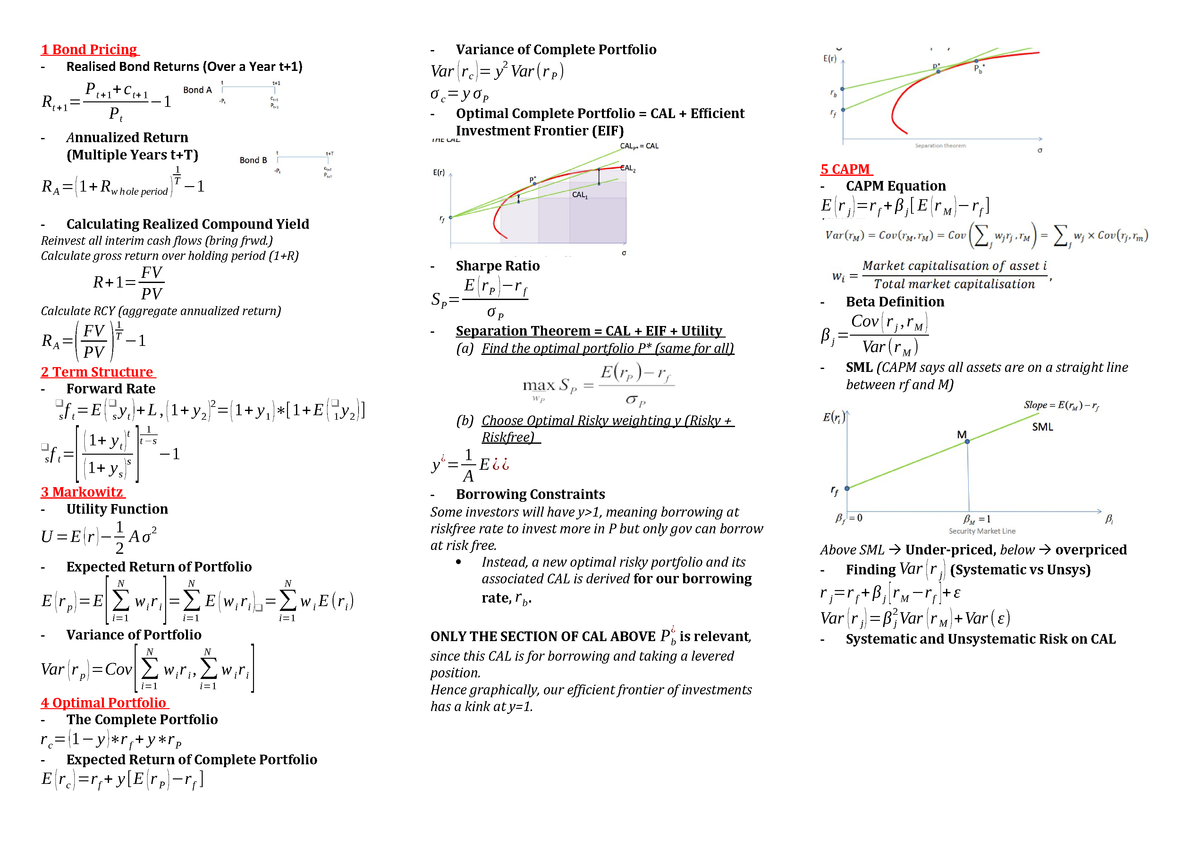


2624 Final Formula Sheet Fins2624 Studocu


Www3 Nd Edu Wevans1 Ecoe Ps2 Pdf
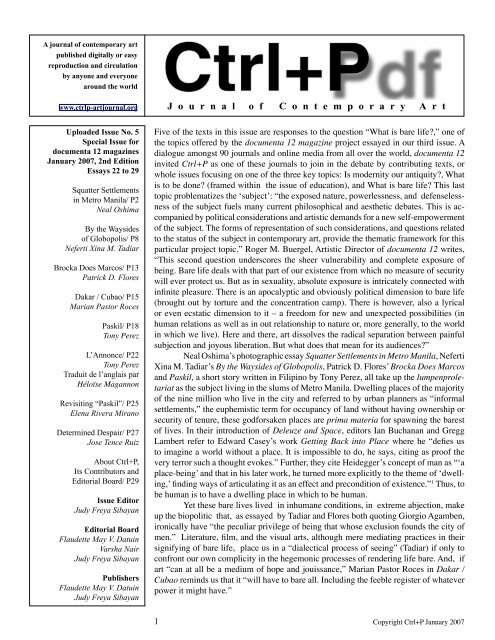


Nanginginig In English Meaning



How To Find Equations For Exponential Functions Studypug
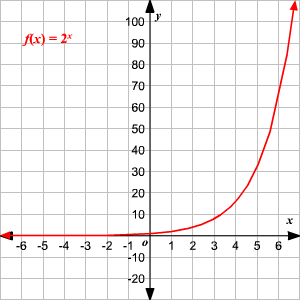


Domain And Range Of Exponential And Logarithmic Functions
:max_bytes(150000):strip_icc()/TC_3126228-how-to-calculate-the-correlation-coefficient-5aabeb313de423003610ee40.png)


What Do Correlation Coefficients Positive Negative And Zero Mean



R Programming Language Wikipedia


Solved 30 Short Answer Questions Worth 2 Marks Each For A Total Of 60 Marks 1 Given S P 1 Rt Solve For T 2 What Is The Meaning Of The Y Interc Course Hero
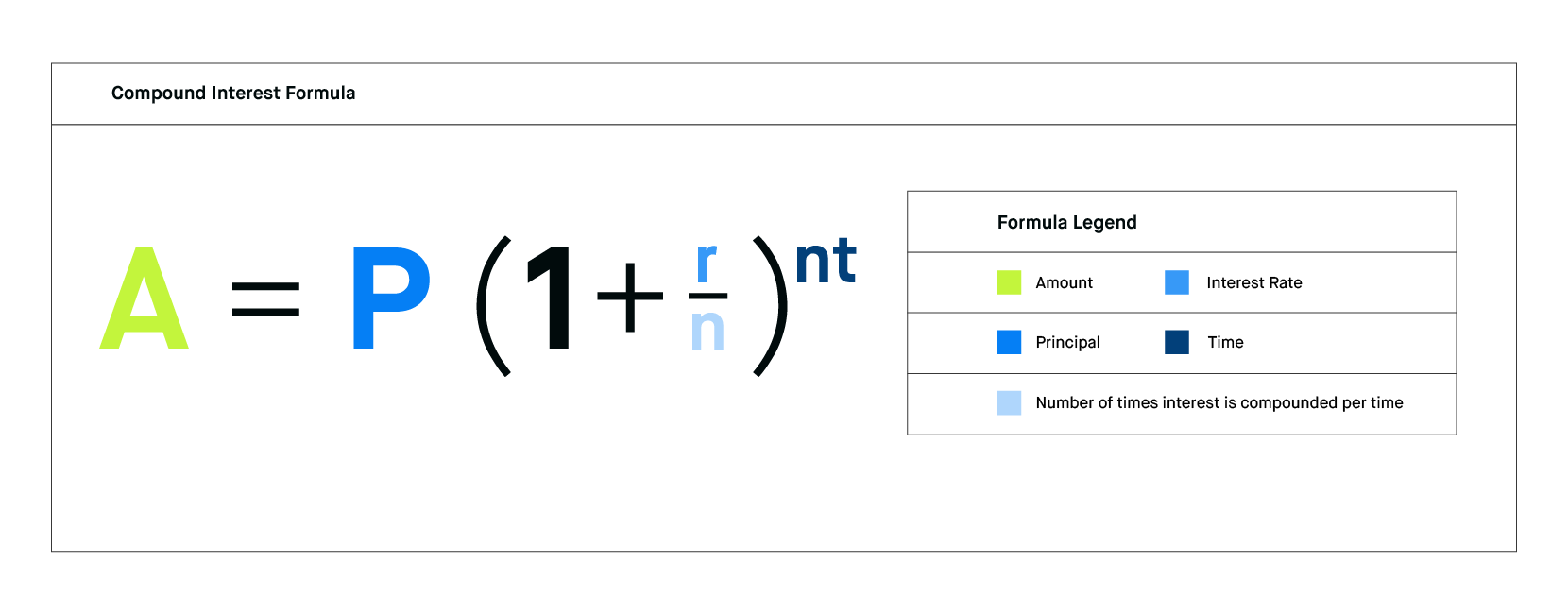


What Is The Compound Interest Formula Robinhood
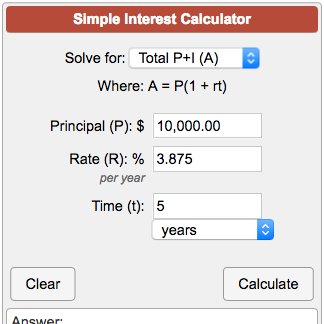


Simple Interest Calculator A P 1 Rt



If X And Y Are Connected Parametrically By The Equations Given W


2
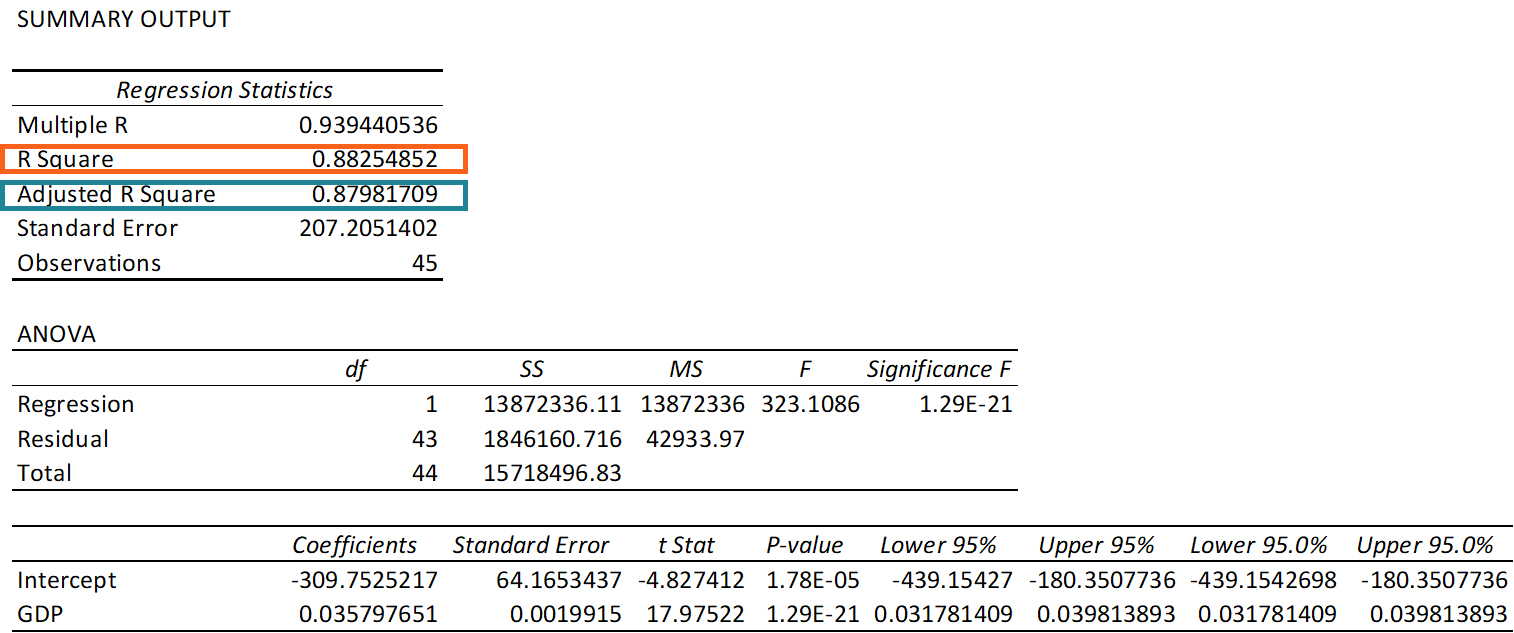


R Squared Definition Interpretation And How To Calculate



Inverse Function Wikipedia
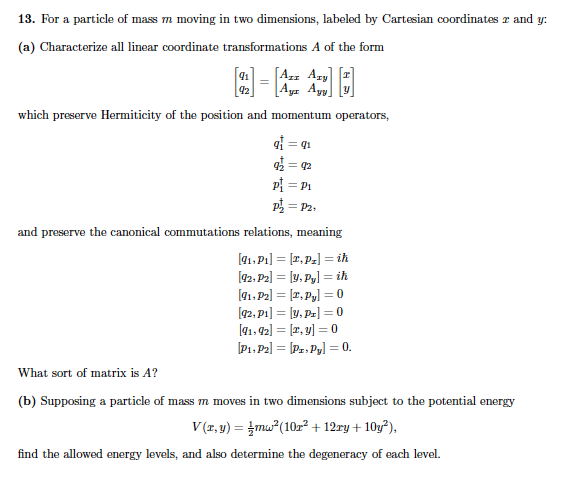


13 For A Particle Of Mass M Moving In Two Dimensi Chegg Com


コメント
コメントを投稿